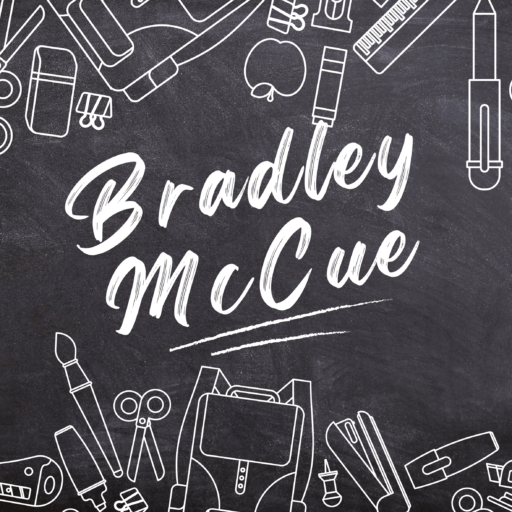This semester, I was able to spend 3 classes in a Grade 5 classroom at Gordon Terrace Elementary School. During my time in this classroom, they worked on a few different literacy concepts, but the one that I enjoyed was their book report and the activities that followed for the book Wonder by RJ Palacio. The students had been reading this novel, an exceptional choice in my personal opinion, and watching the film in tandem. They would read a little bit and watch a little bit and then note the differences between the two. What a fantastic way to engage your students in a novel study! That being said, what I witnessed while in class was the students creating their “Wonder Wheel” posters (See below)

As you can see from above, this project has the students create a poster-based visual representation of their knowledge and categorize each piece of the book. The categories are:
Characters: What does the student know about the characters and who are they?
Theme: What is this book trying to tell the reader?
Symbolism: What kind of artistic language is being used to illustrate certain points?
Setting: Where does the book take place
And my personal favourite section:
Book Vs. Movie: How does this novel differ from its film adaptation?
I think this kind of project gives students the platform to critically evaluate the book. Not only are we asking about what the theme is, but how did the student perceive the effectiveness of that theme? This is a fantastic project and it was cool to speak to the students about their knowledge of the book. As someone who has personally read this book, I found it quite engaging to talk about the characters and trajectory of the narrative with the students, which also gave me the chance to give genuine feedback on their work.

Through the BC Curriculum, it can be seen that this practice is supported in numerous ways, as the Big Idea connections include “Texts can be understood from different perspectives.” Giving the students the ability to parse out the themes and ideas gives the instructor a broad view of their perspective of said themes. This kind of practice, given how deeply analytical it could become could also fall under “Questioning what we hear, read, and view contributes to our ability to be educated and engaged citizens.” Showcasing how not only this lesson fits into the curriculum, but also how you can create real-world allusions to push the ideas even further. Through content, this idea is also supported by the curriculum through “Story/Text: purposes of text” as students are not just looking for WHAT but also looking for WHY. Under curricular competencies, this is supported by idea that students should be able to “Use a variety of comprehension strategies before, during, and after reading, listening, or viewing to guide inquiry and deepen understanding of text”

Overall, this was a fantastic project to get to witness and somewhat be a part of. Talking to Grade 5 students who seemed genuinely excited about the book they were reading filled my heart completely and getting to engage directly with them about the book they were reading gave me such a beautiful sense of hope.

